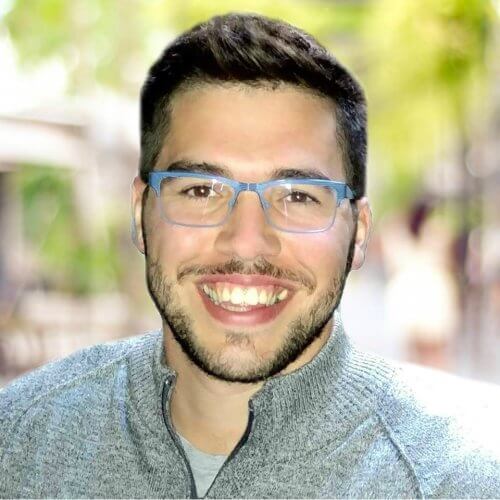

Dvir Harris

Our lab primarily explores how nature responds to changing environments, and how can we implement these lessons from nature to benefit mankind. Using advanced characterization techniques such as cryo-EM and time-resolved single-molecule fluorescence spectroscopy, we get a glimpse into how the structures of light-active proteins enable fine-tuning of various functionalities such as solar energy harvesting, regulation and transfer. We then aspire to put these designing principle into applicational use in various directions such as solar energy, biotechnology, ecology and food security. In addition to photosynthesis, being a protein-oriented lab, we are interested in the general structural dynamic nature of protein complexes.
We have open positions for ambitious graduate/undergraduate students and postdocs. Research in the Harris lab is multidisciplinary and involves molecular biology, protein biochemistry, structural biology, advanced spectroscopy and proteomics. We are committed to diversity, equity, and inclusion, and welcome researchers from all backgrounds.
I started my academic journey while in high-school, by joining the “Archimedes” project organized by the faculty to attract students into the field of chemistry. Following my military service, I resumed my studies and completed my BSc in Molecular Biochemistry at the Technion. That sparked my interest in how chemistry comes into effect in biological systems. Within that broad realm, I was specficailly drawn to how structure enables function, so I decided my best way forward is to become a structural biologist with a chemical twist.
I did my MSc and PhD with Prof. Noam Adir at our very own faculty, where I researched how photosynthetic organisms modulate their photosynthetic machineries, at the assembly level, to adapt to their changing environments, while also putting to use these natural systems in solar cell applications. By the time I finished my PhD, I became even more motivated to dive into better understanding the function, dictated by the structure. Moreover, working at the ensemble level really got me intrigued by the elusive behavior of the individual molecule. Therefore, I moved to do my postdoctoral research with Prof. Gabriela Schlau-Cohen at MIT, where I combined my structural expertise with advanced spectroscopic tools, to better realize the dynamic nature of light harvesting complexes, both at the ensemble and at the single molecule level. I also continued to explore how we can put these systems into use, this time in the biotech and energy transduction worlds.
In October 2024 I returned to Israel as an assistant professor to open a new lab at the Schulich Faculty of Chemistry in the Technion.
Harris, Dvir, et al. “Energetic robustness to large scale structural fluctuations in a photosynthetic supercomplex.” Nature communications 14.1 (2023): 4650.
Harris, Dvir, et al. “Orange carotenoid protein burrows into the phycobilisome to provide photoprotection.” Proceedings of the National Academy of Sciences 113.12 (2016): E1655-E1662.
Wang, Dihao‡, Fiebig, Olivia C. ‡, Harris, Dvir‡, et al. “Elucidating interprotein energy transfer dynamics within the antenna network from purple bacteria.” Proceedings of the National Academy of Sciences 120.28 (2023): e2220477120.
Harris, Dvir, et al. “Structural rearrangements in the C-terminal domain homolog of Orange Carotenoid Protein are crucial for carotenoid transfer.” Communications biology 1.1 (2018): 125.
Hartmann, Volker‡, Harris, Dvir‡, et al. “Improved quantum efficiency in an engineered light harvesting/photosystem II super-complex for high current density biophotoanodes.” Journal of Materials Chemistry A 8.29 (2020): 14463-14471.
